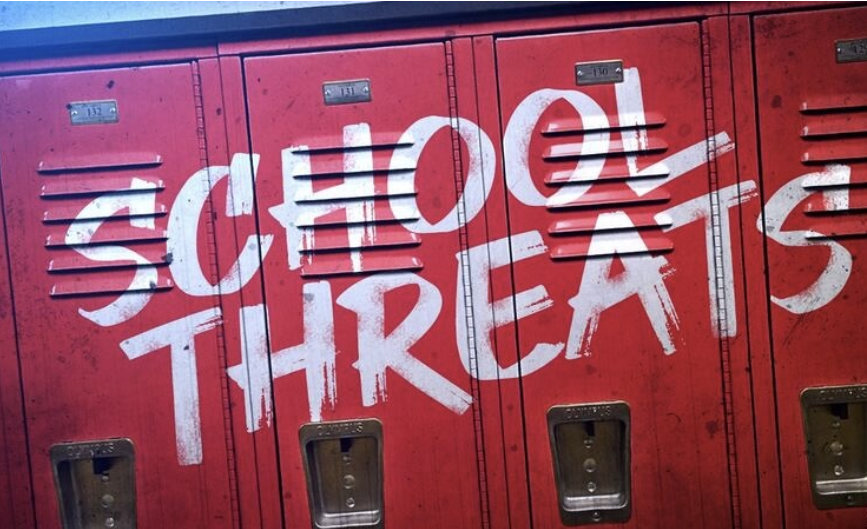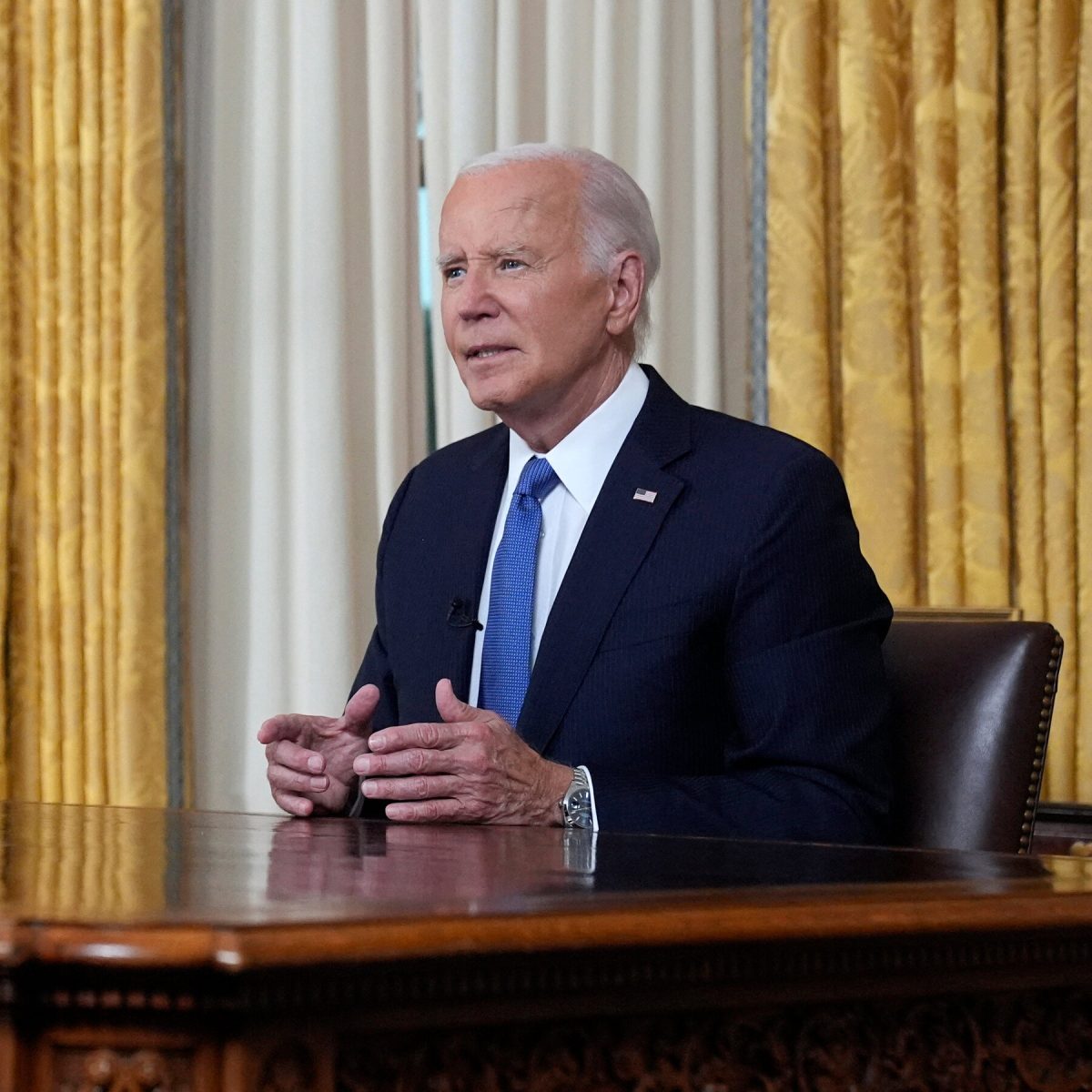In the news, school threats have been a rising issue talked about for a while. Threats were being made via mainly social media. A lot of questions rose when it came to the threats that were made. For example, Who was making the threats? Who were they targeting? Why were the threats being made? With a lot of unknowns throughout this period of time, there are some facts that were able to be acquired with the help of our county’s Superintendent, Dr. Mark Bedell.
When asked, “What is the county’s action plan if a school is a target of a threat?” His response was “The action plan addresses the serious concern of criminal attacks causing mass casualties in schools.” He stated that the plan emphasizes “the rarity of such events and the premeditated nature of targeted violence.” As well as emphasizing that “overall, the plan aims to create a proactive approach to identifying and responding to threats of violence, ensuring safety for all students and staff. It highlights the importance of identifying threats early to prevent potential tragedies.” Dr. Bedell stated that if you are aware of any threats to “report them immediately to the principal without judging the threat’s seriousness”.
With every action, there’s an equal or opposite reaction. So with any threats being made, there are consequences. The consequences range by grade level; Pre-K through 5th grade consequences can range from “classroom-level interventions to other progressive options.” Consequences for grade levels 6-12 have more severe consequences ranging from suspension to expulsion. In addition to that, Dr. Bedell said “police notification is required to initiate a separate criminal investigation. As well as stating that the investigations may lead to “criminal charges”.
Some threats are real while others have proven to be fake. The county does have an extensive process for determining the credibility of a threat. For anyone making threats they consider “family and social factors, crisis situations, context and environment, access to weapons, and more.” The county endeavors to examine “home life, bullying, school culture, mental health, personal crises” and other factors as well.
Towards the end of the conversation, Dr. Bedell emphasized “Open communication with teachers and staff” to help address and discuss issues and concerns you might have. He wants students to remember “you are not alone” and “reaching out for support is okay. Continue to focus on the positive aspects of your school community, where friendships and learning thrive.” .
Examples of impactful words of positivity and encouragement are to always have hope for better days and there is still good in this world.
Listed below are some helpful hotlines:
Anne Arundel County Crisis Center
410-768-5522
Maryland Youth Crisis Hotline
1-800-422-0009
Safe Schools Maryland Tip Line
1-833-632-7233






